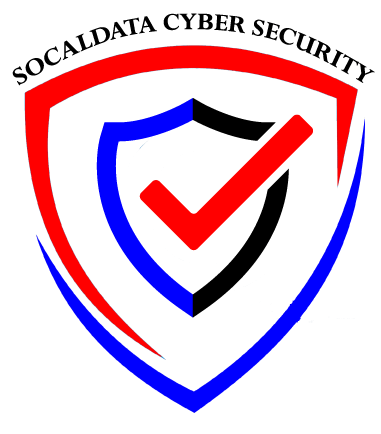Governance, Risk, and Compliance (GRC) is more than just a buzzword in the corporate world; it is a fundamental framework that helps organizations manage their operations effectively, mitigate risks, and ensure compliance with laws and regulations.
This article unveils the core pillars of GRC and explains why it is crucial for the success and sustainability of your business.
What is GRC?
Governance: Governance refers to the systems, principles, and processes that guide an organization’s decision-making and control mechanisms. It involves setting clear policies, establishing accountability structures, and ensuring that the organization operates ethically and transparently. Good governance fosters trust among stakeholders and aligns the organization’s activities with its strategic goals.
Risk Management: Risk management is the process of identifying, evaluating, and mitigating potential risks that could impact an organization’s ability to achieve its objectives. Risks can arise from various sources, including financial markets, operational failures, legal liabilities, and strategic decisions. Effective risk management involves assessing the likelihood and impact of risks and implementing strategies to minimize their adverse effects.
Compliance: Compliance ensures that an organization adheres to all relevant legal, regulatory, and ethical standards. This involves creating and enforcing policies that meet regulatory requirements, conducting regular audits, and training employees on compliance matters. Non-compliance can lead to severe penalties, legal issues, and damage to the organization’s reputation.
The Benefits of GRC
- Integrated Approach: GRC provides a holistic approach to managing governance, risk, and compliance. By integrating these functions, organizations can ensure that their governance structures support risk management and compliance efforts, leading to more effective and cohesive management.
- Proactive Risk Management: With a comprehensive GRC framework, organizations can proactively identify and address potential risks before they escalate. This proactive approach reduces the likelihood of crises and minimizes the impact of adverse events on the organization’s operations and objectives.
- Regulatory Compliance: GRC frameworks help organizations stay compliant with evolving regulations by establishing processes for monitoring regulatory changes and implementing necessary adjustments. This ensures that the organization remains in good standing with regulatory bodies and avoids costly penalties.
- Enhanced Decision-Making: By providing a clear understanding of risks and compliance requirements, GRC enables better-informed decision-making. Leaders can prioritize actions and allocate resources more effectively, leading to improved strategic outcomes.
- Reputation Management: Strong GRC practices demonstrate a commitment to ethical

